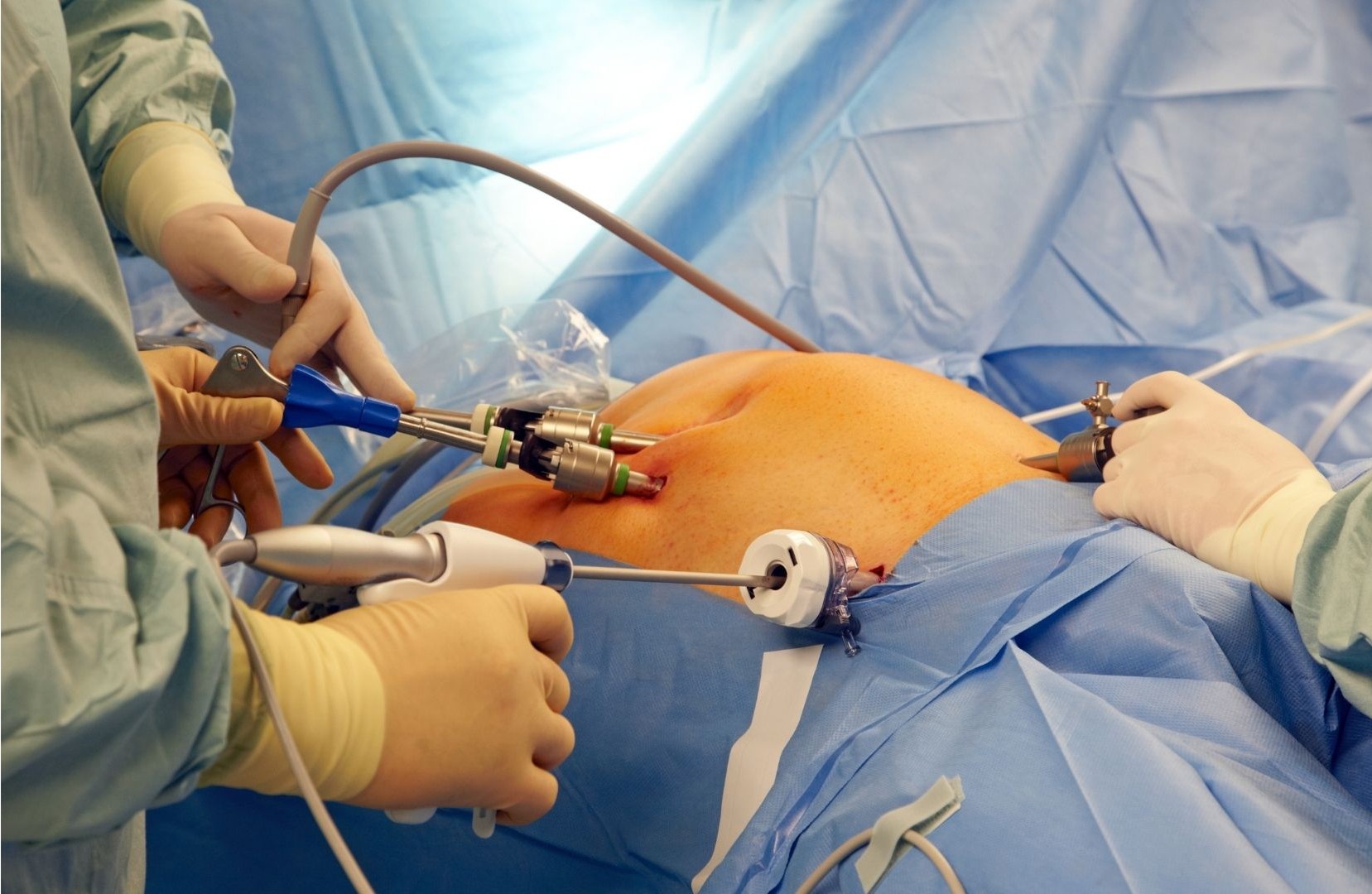Laparoscopic Kidney Surgery
- Home
- Laparoscopic Kidney Surgery

Nephrectomy (nephro = kidney, ectomy = removal) is the surgical removal of a kidney. The procedure is done to treat kidney cancer as well as other kidney diseases and injuries. Nephrectomy is also done to remove a healthy kidney from a donor (either living or deceased) for transplantation.
Traditionally, kidney surgery required large incisions with lengthy hospitalization and recovery. Minimally invasive surgery, also often known as laparoscopic or keyhole surgery, has recently been developed in the field of urologic surgery with the advancement of engineering and computer technologies.
Laparoscopic kidney surgery is a relatively new addition to the minimally invasive armamentarium of urologists. The kidney may be approached using a transperitoneal or retroperitoneal access. Each approach may have unique indications. These indications are becoming defined as experience with laparoscopic urology increases. Also, both approaches are associated with complications that are specific to that access technique.
This chapter outlines complications associated with laparoscopic kidney surgery under the two broad headings of transperitoneal and retroperitoneal access. The discussion is focused on laparoscopic nephrectomy, although other operative renal procedures are presented in the retroperitoneal section.
The key element in laparoscopic surgery is the use of a laparoscope: a telescopic rod lens system that is usually connected to a video camera. Also attached is a fiber optic cable system connected to a light source to illuminate the operative field. The abdomen is usually insufflated with carbon dioxide gas to create a working and viewing space. The gas used is CO2, as it is common to the human body and can be removed by the respiratory system if it absorbs through tissue.
There are risks associated with any major surgery. Complications are rare, but they include:
Other risks are specific to a nephrectomy. They include:
You may experience problems with the remaining kidney after surgery. This is partly because people who need kidney surgery may have an increased risk of other kidney diseases. These problems are less common in kidney donors.
Be sure to tell your doctor and surgeon if you might be pregnant. Also, inform them about all medications you’re taking, including those that are over the counter. You may need to stop taking certain medications before the surgery, especially blood thinners.
Several days before the surgery, your doctor will draw blood. This will determine your blood type in case you need a transfusion during the procedure.
You will also need to fast and stop drinking liquids for a period before surgery.
Recovery after surgery should take between three and six weeks. You may need to stay in the hospital for up to seven days. Your doctor or surgeon will discuss the success of the surgery and any follow-up treatments you may need.
Your doctor will monitor the function of your remaining kidney. The outlook is typically very good in cases where one kidney remains.